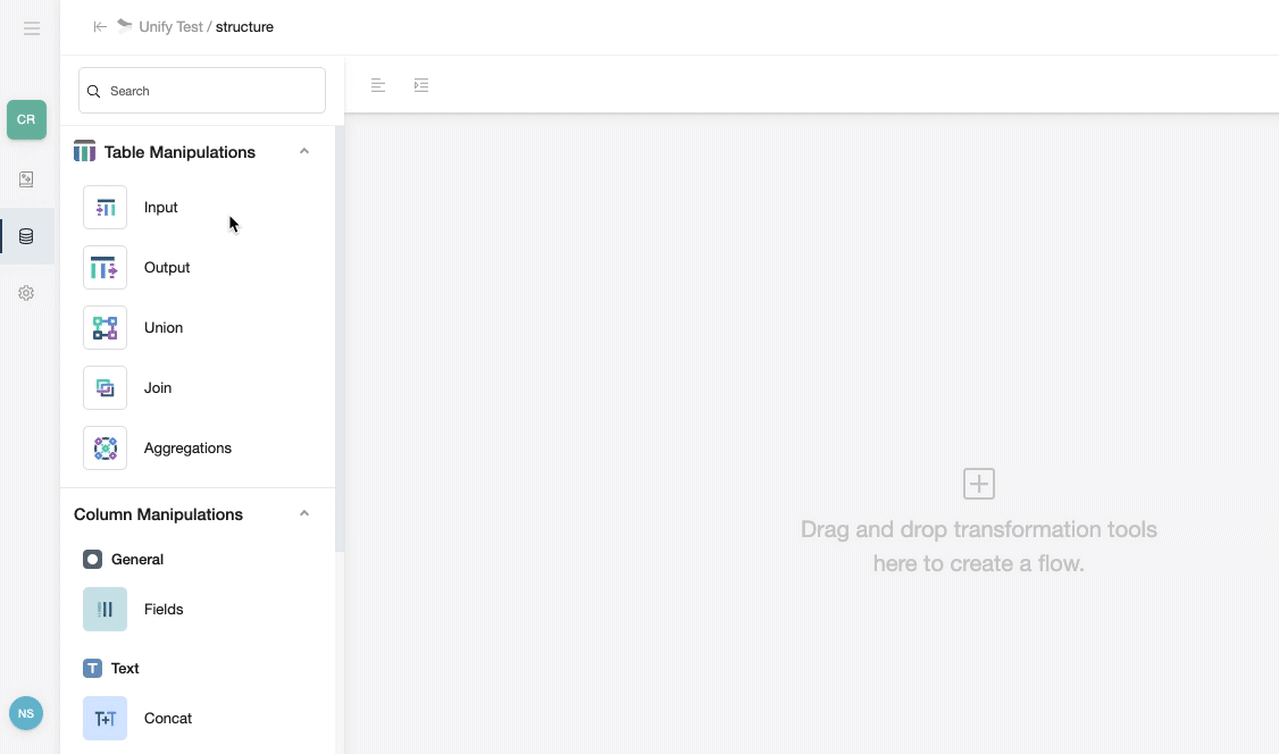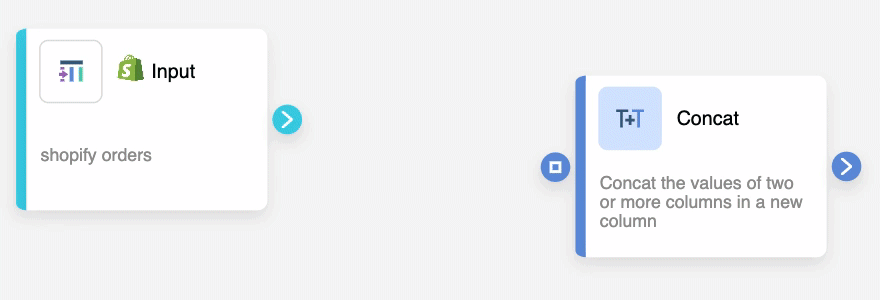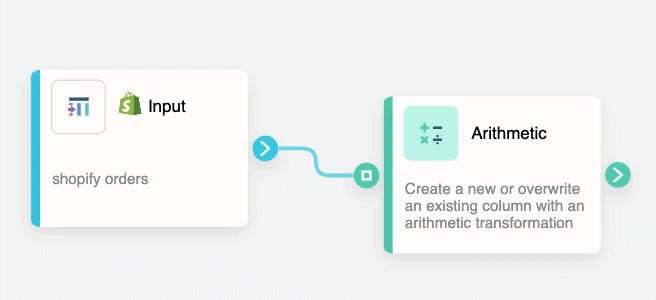Y42 is a full-stack data platform that anyone can run. The UI-Model is a drag-&-drop interface for data modeling which enables any user to turn raw data into clean datasets for data analysis & reports. With drag-&-drop nodes users can build data modeling workflows without the need to write a single line of code.
The UI-Model allows users to easily connect multiple data tables into one and transform such data. If you have complex and big data coming from different sources (i.e. Excel, Google Sheets, Facebook Ads, Shopify, HubSpot, etc.), Y42 allows you to combine and transform these data sources.
Watch the following video for a more comprehensive overview on the UI-Model:
Note: In order to use the Model feature you should have already imported data sources into Y42.
How to create UI-Model in Y42?
Adding a Data Model to your Y42 Platform
- Click on Model in the left navigation bar
- Click Add... in the top right-hand corner of your screen and choose the Y42 Model data source. Type a name for your model, and choose whether it should be public or private.
- Click on Create.
A new data model is being created. You will be automatically redirected to the data Model application.
Inputting data tables
Data models are comprised of inputs, transformations, and outputs. In this article, we will go over the basic structure without going into detail about the specific transformations.
- Import a table by dragging and dropping the Input node into the middle. You can add as many input tables as you want.
- Click on each input added and assign them a data source table you have already added (you can always change the data source assigned to an input), then click Apply.

Transforming the data
- Now that you have the raw data imported into your model, you can drag and drop the transformation nodes close to the inputs. The nodes will automatically connect. Alternatively, you can connect them by manually creating a link between the nodes:

Tip: Manually connecting the nodes like this is a good practice especially when your data blend becomes more complex.
- To apply chosen functions, click on the node to input the necessary information and apply settings.
- After you're done transforming your data, drag and drop the Output node to the transformation path and click Commit Model to create the model. You can create as many outputs as you would like for each transformation path.
How to delete nodes and links?
- Click on the connecting link to select it. Press your backspace key (for Mac users) or your delete key (for Windows users).
- To delete a note from your structure, simply right-click the node. Select Delete in the menu.
